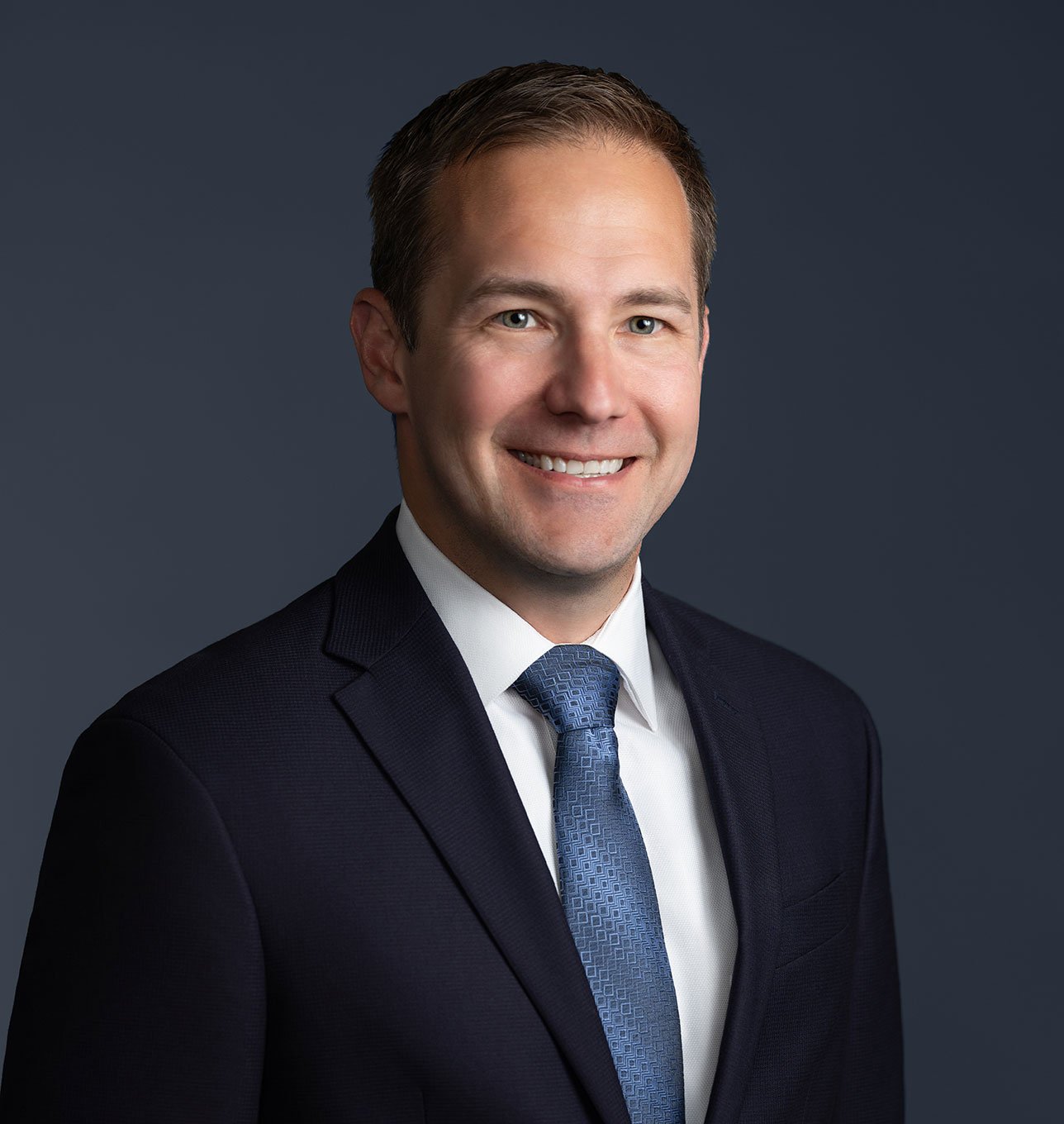US Supreme Court Grants Review in One ERISA Case, and Has Now Called for Views of the Solicitor General in Two Other ERISA Cases
Fresh off its April 17, 2025 decision in Cunningham v. Cornell University, the US Supreme Court is setting the stage to delve back into ERISA issues next Term. On Monday, the Court granted certiorari to resolve a circuit split over how to calculate an employer’s withdrawal liability from a multiemployer pension plan. It also invited the US Solicitor General to file a brief in another case about ERISA’s duty of prudence. The Court is waiting to hear from the Solicitor General in response to an invitation the Court issued in April in a case about whether burden-shifting for loss causation applies in ERISA cases.
1.Calculating Employer Withdrawal Liability (certiorari granted)
On June 30, 2025, the Supreme Court granted the cert petition in M & K Employee Solutions, LLC, et al. v. Trustees of the IAM National Pension Fund, No. 23-1209, to resolve a circuit split over the appropriate way to calculate an employer’s allocable share of withdrawal liability from a multiemployer plan. The Court agreed, through an amended order on July 3, 2025, to review the following question:
Whether 29 U. S. C. §1391’s instruction to compute withdrawal liability “as of the end of the plan year” requires the plan to base the computation on the actuarial assumptions most recently adopted before the end of the year, or allows the plan to use different actuarial assumptions that were adopted after, but based on information available as of, the end of the year.
In the decision below, the DC Circuit had held that ERISA permits a multiemployer pension plan to calculate withdrawal liability using actuarial assumptions that are adopted after the “measurement date” (i.e., the last day of the year preceding the withdrawal).
The Solicitor General submitted a brief at the Court’s invitation, urging the Court to grant the cert petition and resolve the “clear conflict” between the DC Circuit and the Second Circuit over the appropriate date for setting the assumptions for determining an employer’s withdrawal liability. See Nat’l Retirement Fund v. Metz Culinary Mgmt., 946 F.3d 146 (2d Cir.), cert denied, 141 S. Ct. 246 (2020). The Solicitor General encouraged the Court to affirm the DC Circuit’s decision. Petitioners, on the other hand, argued the DC Circuit’s decision should be reversed because it rejected the Second Circuit’s position that ERISA requires the actuarial assumptions used to calculate withdrawal liability be adopted on or before the measurement date.
We anticipate the Supreme Court will hear oral argument during the winter and decide the case by June 2026.
2. ERISA’s Duty of Prudence Pleading Standard for Investment Challenges
On the same day it granted certiorari in M&K Employee Solutions, the Court invited the Solicitor General to express his views regarding the cert petition in Parker-Hannifin Corp., et al. v. Johnson, et al., No. 24-1030. That petition asked the Court to review the Sixth Circuit’s decision reviving an ERISA class action arguing that the fiduciaries were imprudent in retaining an allegedly underperforming target date fund (“TDF”) series in a 401(k) plan. A split Sixth Circuit panel held that, at the pleading stage, it was sufficient for the plaintiffs to compare the performance of the challenged TDF suite to an S&P TDF index. The court found this comparison was sufficient, even though the complaint did not allege that the challenged TDF suite was designed to match the S&P index, and though it lacked detail about the index’s “risk profile, bond-to-equity ratio, and investment strategy.”
Parker Hannifin argued in its cert petition that the Sixth Circuit panel’s decision created a circuit split with three other circuits (Seventh, Eighth, and Tenth Circuits), which require plaintiffs to plead a meaningful benchmark to plausibly allege an imprudent investment claim. After the cert petition was filed, the Ninth Circuit weighed in and adopted the meaningful benchmark requirement, requiring an ERISA plaintiff to compare the performance of the challenged funds “to funds or investments that are meaningfully similar.” See Anderson v. Intel Corp., No. 2025 WL 1463295 (9th Cir. May 22, 2025). Parker Hannifin asked the Court to grant its petition to uniformly establish whether an ERISA plaintiff alleging an investment underperformed a performance benchmark must plead “allegations showing that the benchmark is a sound basis for comparison for that investment” to state a claim.
The Solicitor General will consider the issues in the cert petition and file a brief addressing two questions: (1) whether the Court should grant certiorari, and (2) which side is correct on the merits. The Solicitor General does not have a deadline to respond to this invitation; the Solicitor General’s invited briefs usually take at least six months.
3. Does ERISA Impose a Burden-Shifting Framework for Loss Causation?
Earlier, on April 21, 2025, the Court invited the Solicitor General to express his views on the cert petition in Pizzaro, et al. v. The Home Depot, Inc., et al., No. 24-620. That petition asked the Court to determine whether the plaintiff bears the burden to prove causation—or if a defendant bears the burden to disprove causation—once the plaintiff establishes breach of fiduciary duty and a loss under ERISA § 409. Petitioners (plaintiffs) argued that the Eleventh Circuit erred when it held that ERISA § 409 does not impose a burden-shifting framework requiring the defendant fiduciary to disprove causation. The Eleventh Circuit had found that, under ERISA, a plaintiff bears the ultimate burden of proof on all elements of his or her claims, including loss causation.
Petitioners argued that the Eleventh Circuit’s decision deepens an existing circuit split to 5-2, with the First, Second, Fourth, Fifth, and Eighth Circuits applying a burden-shifting framework (i.e., the defendant fiduciary has the burden to prove no causation) and the Tenth and Eleventh Circuits not applying a burden-shifting framework (i.e., the plaintiff bears the ordinary burden to prove causation).
Again, the Solicitor General is expected to address two issues in his brief: whether the Court should grant cert, and which side is correct on the merits. While we do not yet know the Solicitor General’s views, the US Department of Labor (“DOL”) in February 2023 submitted an amicus brief in the Eleventh Circuit supporting the petitioners’ argument that ERISA § 409 imposes a burden-shifting framework requiring the defendant fiduciary to disprove loss causation. In light of the recent change in administration and the new leadership at DOL, it remains to be seen whether the Solicitor General will agree with the DOL’s position. Again, there is no deadline for the Solicitor General to file his brief.
Conclusion
The Supreme Court granting certiorari in M&K Employee Solutions and inviting the Solicitor General to express his views in Parker-Hannifin and Pizzaro demonstrates that the Court is clearly interested in the important ERISA issues presented in those cases and would like to provide guidance to the lower courts and the benefits industry. We are hopeful the new leadership at the DOL will review these cases carefully and focus not only on theoretical arguments, but also the practical consequences the cases will have on future litigation and on plan fiduciaries and participants. All three cases present a great opportunity for the parties, amici, and the DOL to provide strong advocacy to help the Court reach decisions that will strengthen the benefits industry.





